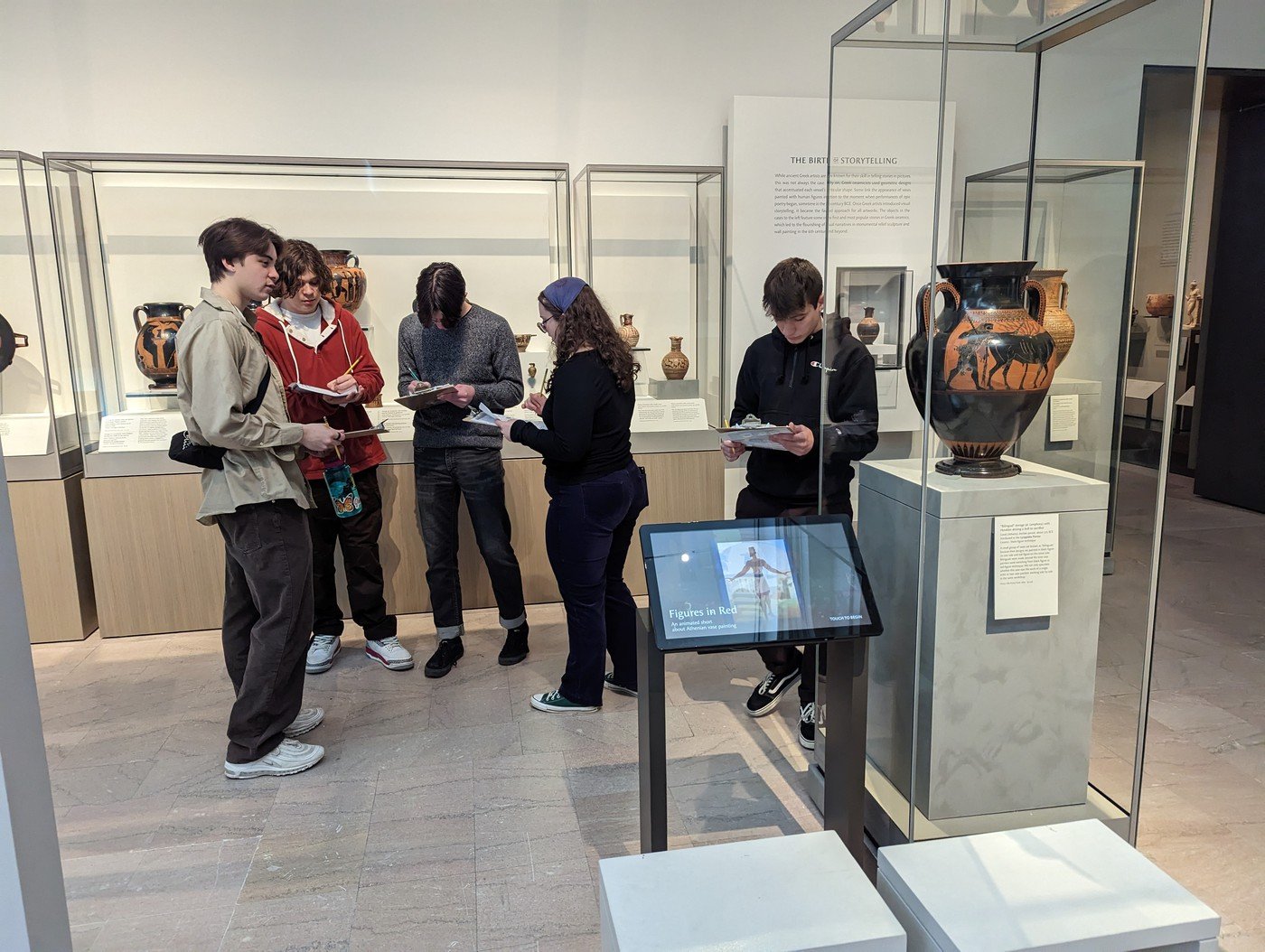Students were lucky enough to visit Gifford Woods State Park in Killington at peak foliage to explore the one remaining stand of Old Growth forest in Vermont.
Read MoreIn Integrated Environmental Science, students recently completed a multi-day experience immersed in our outdoor forested classroom.
Read MoreThis past week in AP Physics I, students explored various ways to abstractly represent the motion of objects.
Read More






